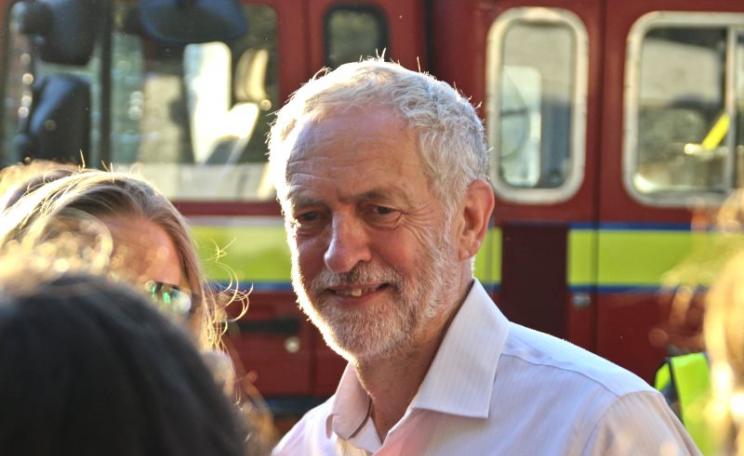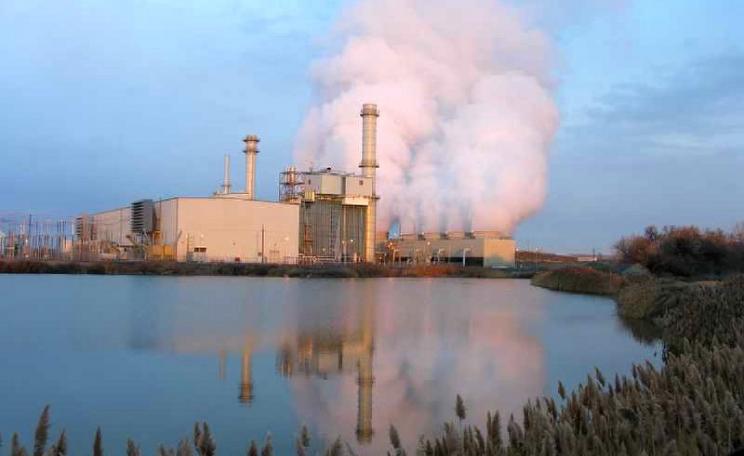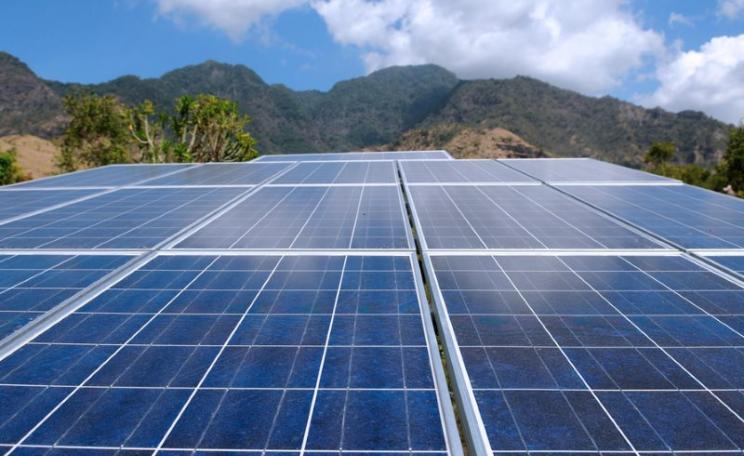Plans for a low carbon future in the UK all point one way: an 'electrification' of energy supply, with a new infrastructure fuelled by a more flexible range of low carbon sources. Most tangibly this would involve electrification of space heating for buildings (primarily through the use of heat pumps), an electrification of road transport through the use of electric and plug-in hybrid cars, and a power sector 'decarbonising' rapidly through renewables (largely offshore wind), newbuild nuclear and possibly carbon capture and storage.
An electrified future brings new risks and uncertainties. Efforts at meeting the tough emissions targets in the Government’s Low Carbon Transition Plan will be doubly exposed to all the implementation issues around low carbon electricity generation technologies, questions about the financing of infrastructure investment, as well as uncertainties for the new electricity market reforms and. There will also be new 'demand-side' issues from consumers.
The success of heat pumps for homes will depend upon very high adoption levels for insulation and other domestic energy efficiency measures - all of which are subject to strong practical barriers: for retrofit into the enormous stock of Victorian terrace housing for example, air source heat pump heat exchangers would have to be sited in small but precious backyards. The future of heating is in practice likely to be – and should be – more diverse than recent studies assume. Electric heating will have a role, but there should be roles too for further combined heat and power, district heating networks, bioenergy, biogas and truly zero-heating new build. Only diversity can offer a robust solution for long-term and sustainable change.
Work at the Centre for Environmental Strategy at the University of Surrey in partnership with a consortium of other UK universities has mapped the likely implications of taking different pathways to a low carbon economy. We looked at three pathways to 2050- a market-led pathway, or Market Rules, a government-led pathway, Central Coordination, and a civil society-led pathway, Thousand Flowers, all politically and socially distinct but all leading to a high degree of electrification, particularly in the transport and heating sectors. The studies predict the impacts from each approach in terms of energy efficiency, for example, in terms of energy demand for space and water heating in domestic properties, demand is reduced by 31 per cent, 33 per cent and 37 per cent for Market Rules, Central Coordination and Thousand Flowers respectively, despite a 30 per cent growth in the number of households.
Overall, however, all three pathways present considerable challenges. The results for year 2050 show that peak levels of demand can be very high: up to 83 Giga Gatts in Market Rules and up to 66 GW in Central Coordination but only 38 GW in Thousand Flowers, compared to 57 GW so far this winter. In all three pathways, a significant amount of generating plant has to operate at very low capacity factors (less than 10 per cent): 32 GW in Market Rules, 26 GW in Central Coordination and 17 GW in Thousand Flowers, as fossil-fuelled power stations are held in reserve to back-up intermittent renewable generation. All three pathways result in significant electricity surpluses –arising from high wind power generation happening to occur at times of low demand, peaking at 19 GW in Market Rules, 15 GW in Central Coordination and 44 GW in Thousand Flowers. In Market Rules and Central Coordination, these surpluses last up to 400 hours per year, but in Thousand Flowers, surpluses occur for 2973 hours per year, or 34 per cent of the time.
'Time shifting' demand from periods of peak to off-peak, and from periods of low to periods of higher renewable energy supply, through encouraging changed consumer behaviour or implementing automatic controls has strong benefits, reducing the amount of variation in net demand. In all three pathways it would reduce peak demand by about 10 GW; the amount of generating capacity operating at less than 10 per cent capacity factor is reduced to 27 GW in Market Rules, 20 GW in Central Coordination and 10 GW in Thousand Flowers while the maximum surplus power is reduced to 9 GW, 5 GW and 28 GW respectively. The times of surplus in Market Rules and Central Coordination are reduced to just over 100 hours each, but unfortunately the Thousand Flowers pathway remains in surplus for 2583 hours or 29 per cent of the time. The research only included time shifting of demand by a few hours. Other measures such as dynamic shifting of demand between electricity, gas and liquid fuels, according to the availability of electricity, could make much greater reductions in variation in net electricity demand, and there is much potential for future innovation in ‘smart’ homes and networks.
The Market Rules pathway does not quite achieve an 80 per cent reduction in CO2 emissions by 2050. Other mitigation measures may be necessary such as more hydrogen production for use in transport, and greater use of biomass energy. The other pathways are predicted to achieve an 80 per cent reduction in CO2 emissions but may not quite achieve an 80 per cent reduction in GHGs, including non-CO2 GHGs, without further measures. All three pathways result in an increase in the total amount of energy that the UK must import in the coming decades, from about 300 TWh to 500 TWh or 1000 TWh per year, with Market Rules again being the pathway with the greatest demand.
Professor Matthew Leach is Director of the Centre for Environmental Strategy (CES), University of Surrey. The full research paper is to be published in Energy Policy journal.
| READ MORE... | |
 |
INVESTIGATION Green Investment Bank faces critical test over funding shortfall George Osborne pledged £1billion to a green bank that could help Britain reduce carbon emissions. But with low carbon technologies unproven, banks, institutions and energy companies are wary, meaning the venture may not attract the capital to make it viable |
 |
GREEN LIVING Ecologist guide to greening your home Greening your home can save you energy and money as well as making it healthier and lowering its carbon footprint |
 |
NEWS Ships told to go slow to cut carbon emissions 'Slow-steaming' could reduce shipping emissions by 30 per cent, says a report submitted to the UN, but toxic lubricants remain a serious problem |
 |
HOW TO MAKE A DIFFERENCE After the spending cuts: our step-by-step guide to greening your local council If you already have a low-impact lifestyle and want to step it up a level, turn your attention to your local council. Here's how to get the authorities in your area to act |
 |
NEWS Renewables offer cash boost for local communities - think tank If climate change isn't enough motivation, the increasing financial benefits from renewable energy could pave the way for lower carbon lifestyles, a leading think tank has claimed |





